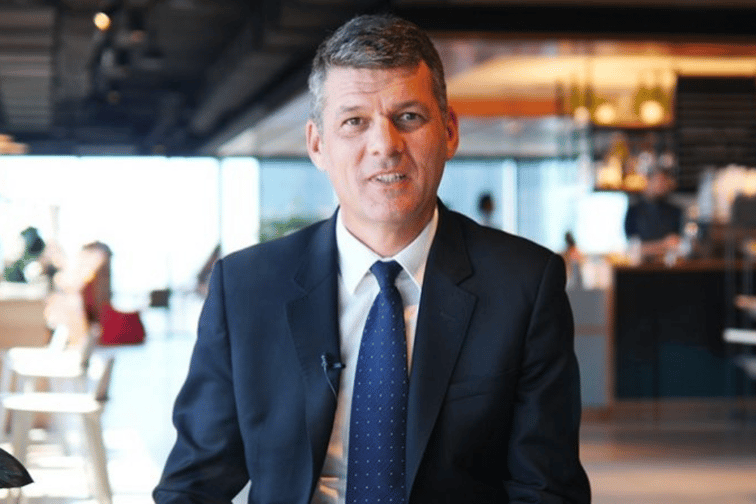

A new report has found Australia’s housing correction is showing no signs of letting up.
Meanwhile, rising interest rates are dominating property markets with further rate rises set to continue in 2023.
Westpac’s November Housing Pulse for 2022 has revealed two specific factors stood out when it came to the housing market correction: how the inflation outlook evolved and how heavily rate rises affected the wider economy.
“Housing is now hostage to the policy and economic cycle,” said Westpac senior economist Matthew Hassan (pictured above).
“Our latest report found past housing corrections have usually followed three distinct phases: an initial decline as rate rises impact; followed by a further fall as continued high rates combine with economic weakening and then a recovery phase as rate cuts combined with an economic turnaround. Inflation constraints on the RBA and how its actions impact the economy will be key in 2023 to 2024.”
Hassan said Australian house prices were predicted to plunge as the country grips with a material correction phase which continued to deepen over the three months to November 2022.
“Nationally, turnover is down 21% from price highs this time a year ago and prices across the five major capital cities are now down 7.8% from their peak in April, with detailed local area markets covering nearly 85% of all dwellings experiencing price declines since mid-year,” he said.
“Despite the bleak situation, auction markets have performed slightly better over the last few months with clearance rates lifting and the rate of pre-auction withdrawals easing back from the extreme highs seen mid-year.”
Westpac’s report detailed how the housing correction affected NSW, Victoria, Queensland, South Australia and Western Australia:
Hassan said the housing correction in NSW was more advanced, having started earlier in the piece and running at a faster pace.
“Sales are down 35% year-on-year with Sydney prices down 10% for 2022,” he said. “Our sentiment-based indicators point to more weakness near term. About the only positive in the mix looks to be an even sharper pull-back in listings.”
Hassan said Victoria remained firmly locked in a material housing market correction.
“Turnover is down 30% from its 2021 high and Melbourne dwelling prices are down just 7% from their 2022 peak,” he said. “Melbourne auction markets are heating up in recent months with the capital clearance rates nudging back above 60% and pre-auction withdrawals easing. That said, volumes remain relatively low.”
Hassan said Queensland’s housing marked had been the big mover in 2022, switching abruptly from a vigorous boom that was still in full swing in Q1 2022.
“Turnover is off 10% and prices have been much weaker, gapping 5.4% lower in July to October,” he said. “The price detail continues to show weakness centred on houses and ‘top tier’ segments of the Brisbane market, with the resilience of units and lower tier segments suggesting tight supply is supporting demand in more affordable segments.”
Hassan said the South Australia housing boom started later and was running longer than the eastern states.
“Both turnover and prices are set to finish higher for 2022, however momentum is clearly slowing. Prices are now just dipping slightly and turnover is flattening as high levels and sentiment has turned sharply. The local market appears to have been caught between a large shock from interest rate hikes and what would otherwise have been a strong upturn driven by a very tight supply-demand balance and affordability.”
Hassan said the West Australian housing market continued to outperform most others as ran at high levels and prices recorded only slight declines to date.
“Turnover has remained remarkably strong in 2022, up about 10% year-on-year and in line with long run averages as a share of the total dwelling stock,” he said. “The supply-demand balance remains extremely tight with sales running nearly 30% of new listings and the stock of unsold dwellings down to just over three months of sales.”
